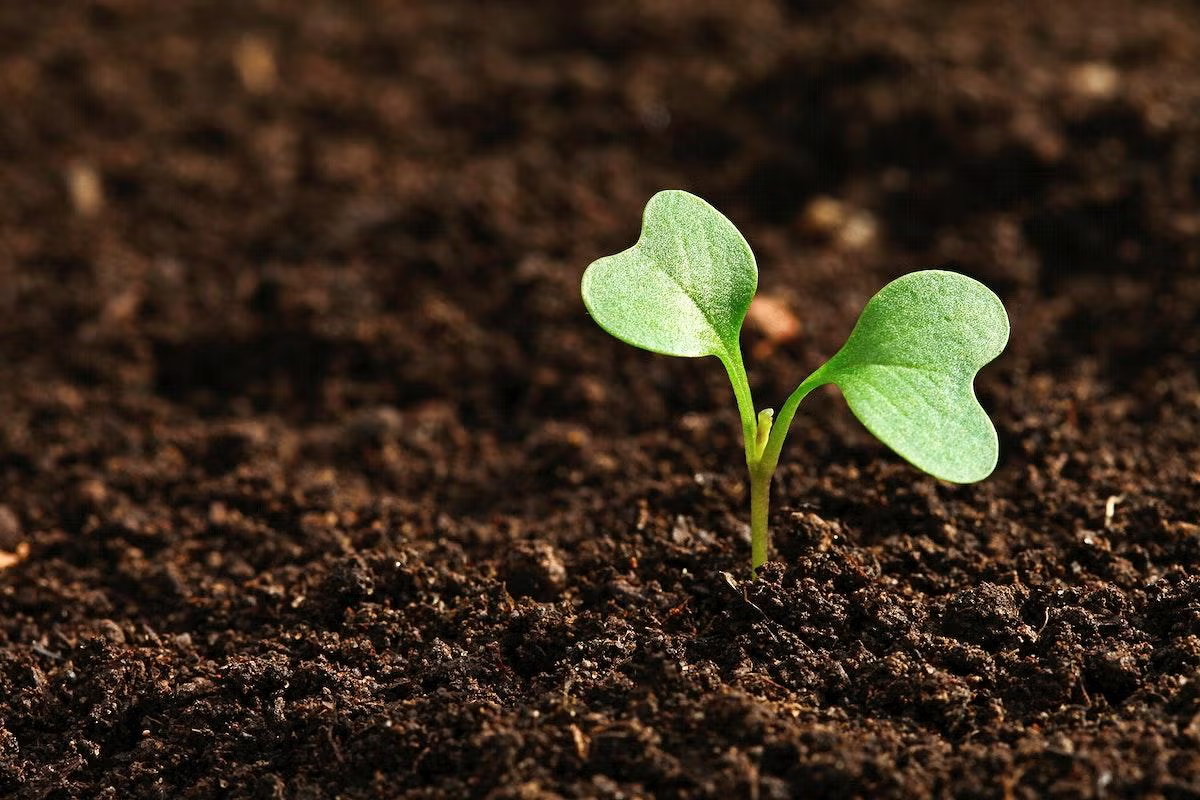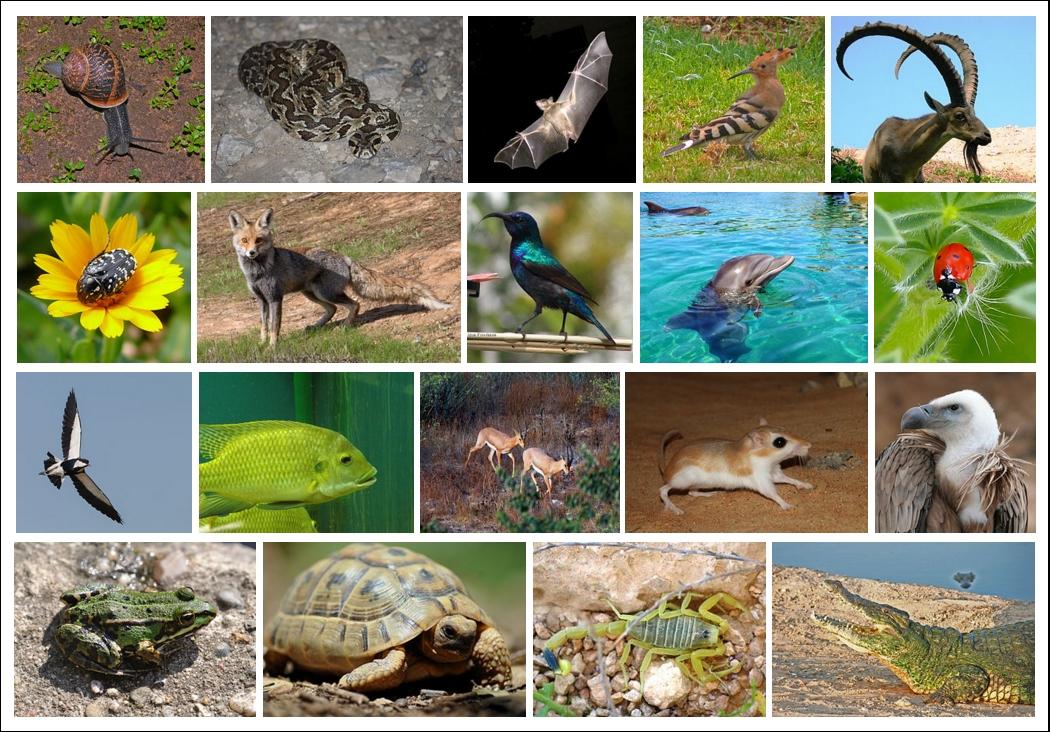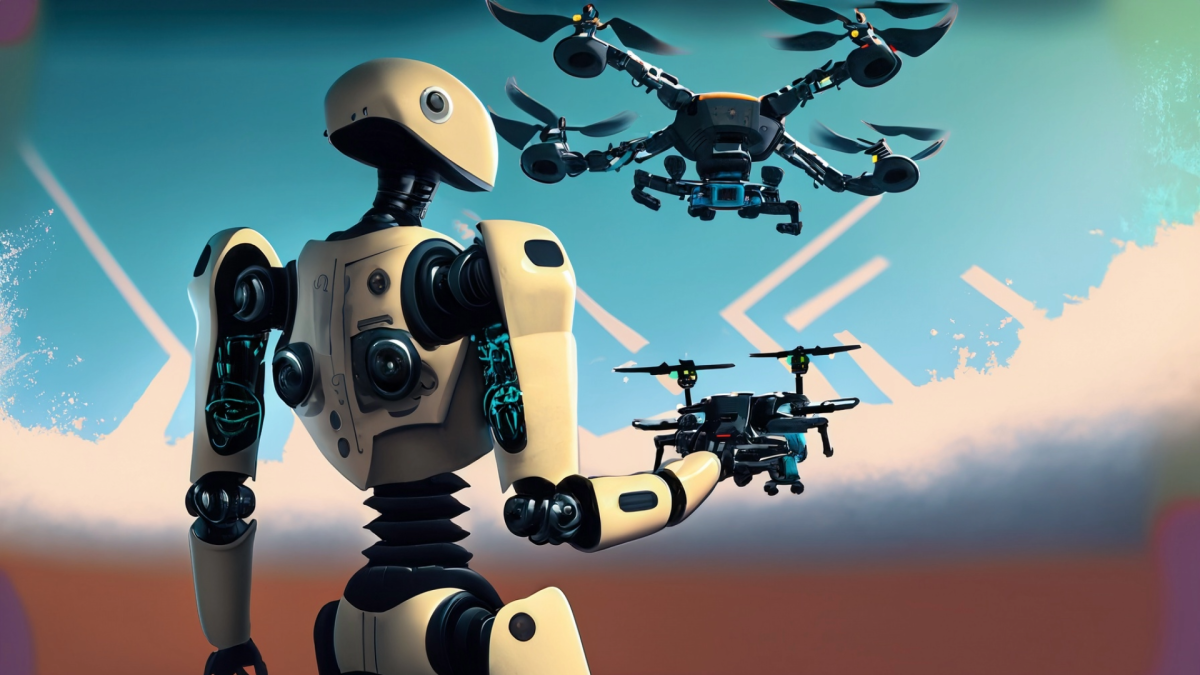
Plan a Native Plant Pollinator Garden
Within eight 60 minutes class periods
Design a native, pollinator friendly garden with the help of a local gardener/master gardener.
Students work together to create a classroom garden, monitor plant growth, and watching for pollinators. Students will invite other students, teachers, and community members to visit the garden.
Objectives:
Define which plants would support local pollinators
Plan, plant, and care for the plants in the garden
Document the growth rate of the plants in the garden
Explain the importance of local plants vs invasive plants for pollinators
Agenda:
Read In a Garden picture book aloud to the class and show National Geographic Plant a Pollinator Garden
Local gardener/master gardener speaks to students about the importance of local plants for pollination
Students research native plants that are great for main pollinators (bees, butterflies, moths, bats, birds, etc)
Create list of possible plants and design future garden on paper.
Students work together to create classroom garden, monitor plant growth, and watch for pollinators.
Students will invite other students, teachers, and community members to visit the garden.
Lesson Grade Level
3rd GradeLesson Plan Link/URL
https://docs.google.com/presentation/d/1B3Q4DulTHf4T_i70hGOS45lfTeiv_ZZP7SmLYfQ…Subject Area
Science Life Science L1: Cells L2: Organisms & Energy Technology 6. Creative Communicator Engineering S2: Apply the Engineering Design Process S3: Apply Mathematics to Engineering Mathematics Measurement and Data (MD) English Language Arts (ELA) Reading (Informational Text) Speaking & ListeningRelated Content

What lives underground? Kinder- 2nd grade students will dig into the life found underground in this 3-part series. In this lesson, students will dig underground to extract soil, investigate/evaluate

This project sets students up to explore animal anatomy and physiology with the idea of replacing a lost appendage (beak, leg, tail, fin, etc.) This is used in small groups of 2 or 3 over the course

The lesson is adapted from resources created by the Green Drone AZ Project. This is module 1 of 4 featuring focused activities to address real-world environmental challenges within Arizona communities